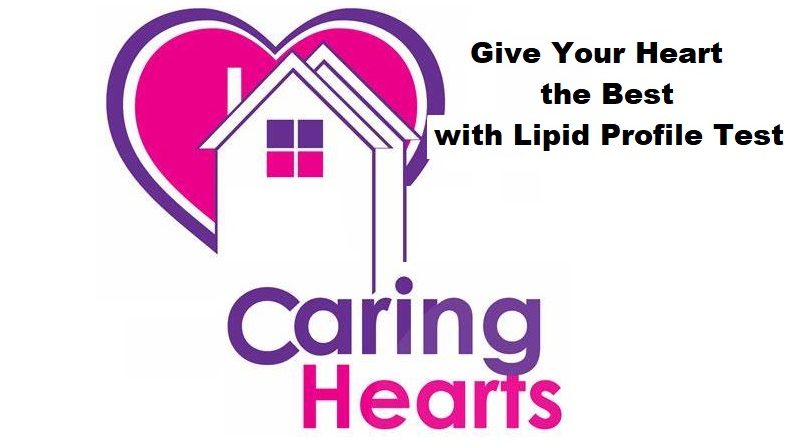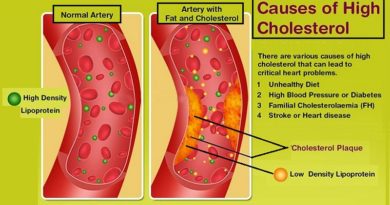Heart Care: Give Your Heart the Best with a Lipid Profile Test
Your heart is the engine that keeps your body running. But like any machine, it needs care and maintenance to keep it doing its job. One important aspect of heart care is monitoring cholesterol levels, done through a simple lipid profile test. Lipid profile is the best laboratory test, that can help you take proactive steps to protect your heart health and prevent cardiovascular diseases.
Is Lipid Profile Test Important?
A lipid profile test measures your cholesterol, HDL, LDL, and triglyceride levels, which are all important indicators of heart health. High levels of cholesterol can lead to the formation of plaque in your arteries, which can increase your risk of heart disease and stroke. By detecting high cholesterol and other lipid imbalances early, you can take steps to lower your risk and protect your heart.
Who Should Get a Lipid Profile Test?
Anyone can benefit from a lipid profile test, but it is especially important for those with a family history of heart disease or other risk factors such as obesity, high blood pressure, or diabetes. It is also recommended for adults over the age of 20 to get a lipid profile test at least once every 5 years as part of routine heart care.
What to Expect from a Lipid Profile Test:
A lipid profile test is a simple blood test that can be done at your doctor’s office or a laboratory. You will likely need to fast for 9-12 hours before the test, as food can affect your lipid levels. During the test, a small sample of blood will be taken from your arm and analyzed for cholesterol, HDL, LDL, triglycerides, and other components.
Interpretation of lipid profile test Results:
Your lipid profile test results will show your cholesterol levels as well as your HDL, LDL, and triglyceride levels. Your healthcare provider can help you interpret the results and develop a plan to lower your risk of heart disease if needed. This may include lifestyle changes such as improving your diet, increasing exercise, quitting smoking, and losing weight, as well as medication to lower cholesterol levels.
Interpreting your lipid profile test results is an important step in understanding your heart health. Here are some key factors to consider:
- Total Cholesterol:
This is the sum of your HDL, LDL, and VLDL cholesterol levels. A healthy total cholesterol level is less than 200 mg/dL. - HDL Cholesterol:
This is often referred to as “good” cholesterol because it helps remove excess cholesterol from your body. A healthy HDL level is greater than 40 mg/dL for men and greater than 50 mg/dL for women. - LDL Cholesterol:
This is often referred to as “bad” cholesterol because it can contribute to the buildup of plaque in your arteries. A healthy LDL level is less than 100 mg/dL. - Triglycerides:
These are a type of fat found in your blood that can contribute to heart disease. A healthy triglyceride level is less than 150 mg/dL. - Non-HDL Cholesterol:
This is your total cholesterol minus your HDL cholesterol level. It includes LDL cholesterol and other non-HDL particles that can contribute to plaque buildup in your arteries. A healthy non-HDL cholesterol level is less than 130 mg/dL.
SUMMARY
Your heart deserves the best care possible. By scheduling a lipid profile test, you can take proactive steps to protect your heart health and prevent future problems. Don’t wait until it’s too late – prioritize your heart care today and schedule a lipid profile test to check your cholesterol, HDL, LDL, and triglycerides.
Your doctor can help you interpret your lipid profile test results and determine if you need to take any action to improve your heart health. Lifestyle changes such as improving your diet and increasing exercise, or medication can help lower your cholesterol levels. It’s important to schedule lipid profile tests.




